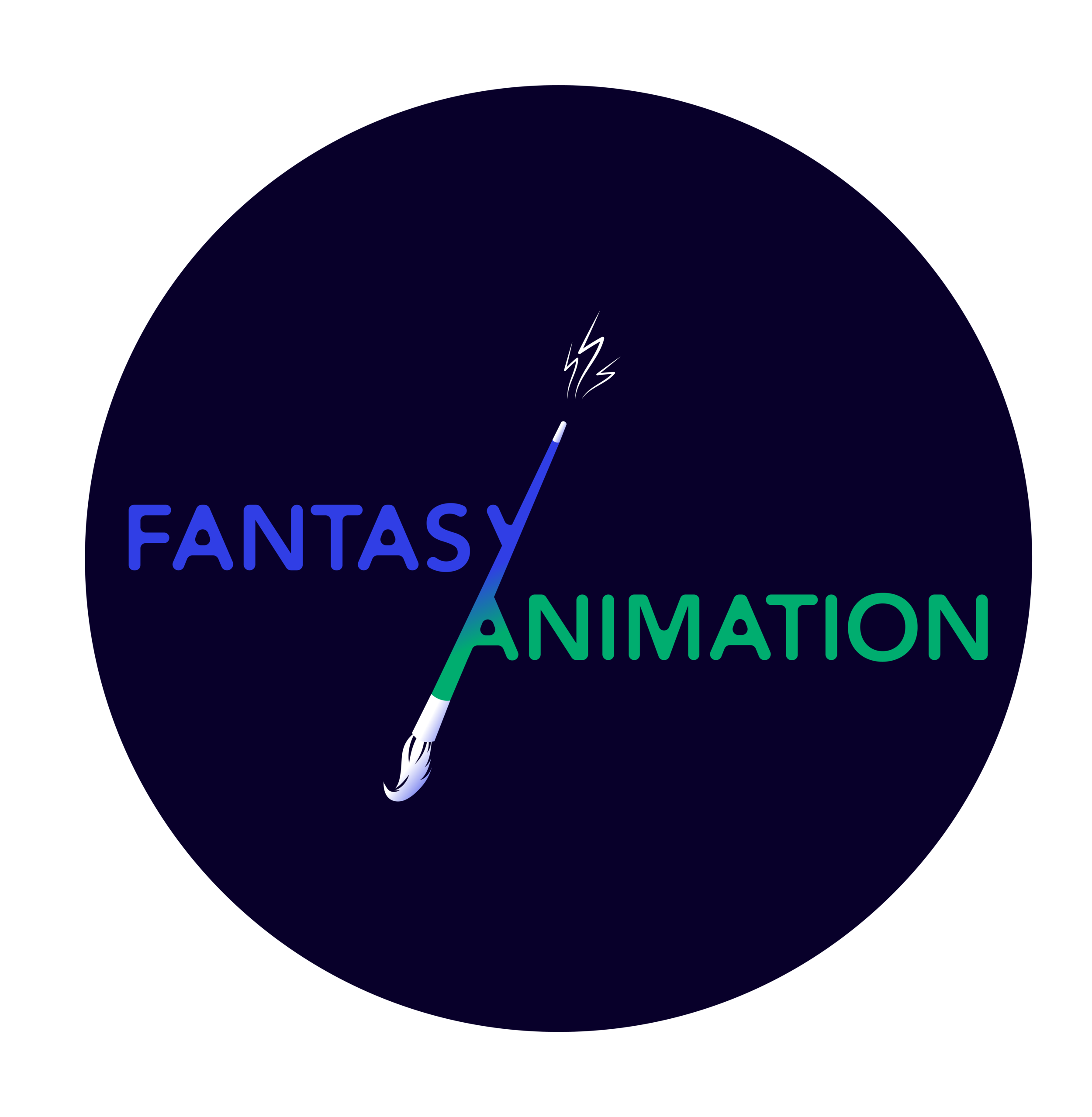Based on a book of the same name by Cressida Cowell, How to Train Your Dragon (Dean DeBlois, 2010) was influential on family audiences, and especially children, when it was released in March 2010, with a unique story about a misfit teenage Viking named Hiccup, discovering his sense of self as he ascends to adulthood. We follow Hiccup on his journey of self-discovery and self-acceptance, and, in the end, he gains the trust and admiration of his peers and the surrounding society.
Read MoreSince its inception, the animation industry has been a storytelling engine: telling all types of stories from all types of people. However, according to the USC Annenberg Inclusion Initiative, the animation industry still has a representation problem. Multidisciplinary artist, Uzo Ngwu, is trying to combat the lack of African representation in animation with her newly founded studio ZOMA Studios and their debut project Mmanwu.
Read MoreThis blog post examines the 2017 film Liyana, directed by Aaron and Amanda Kopp, which describes itself as a “genre-defying documentary” that weaves together both animation and live-action scenes to tell the story of five orphaned children in the Kingdom of Eswatini. Yet its reflexive framing narrative focuses on the children’s creation of their own fictional tale featuring the fearless Liyana, who as part of the film’s story-within-a-story structure embarks on a treacherous quest to save her younger brothers.
Read More(OO) is an animated short film directed by Seoro Oh in 2017 that illustrates the unpleasant experiences that someone encounters when they catch a cold. The unnamed protagonist’s journey begins with a sneeze but escalates into a cold. He is shown struggling with breathing through his nostrils and, as a result, finds himself constantly blowing his nose into a tissue. Everyone, at some point in their lives, experiences the feeling of not being able to properly breathe through their nostrils, whether it is because of a cold, being sick in general, or allergies.
Read MoreThe Fall of 2022 marked the 9th year of running of The Factual Animation Film Festival (FAFF). Following the success of 2021, this time the festival maintained its hybrid format offering both in-person and online events. Those who found themselves in Berlin on September 24th, could attend a screening at local Z-inema moderated by Marina Belikova, one the festival’s producers.
Read MoreEighty-four years after its first animated feature film, Snow White and the Seven Dwarfs (David Hand, 1937) and fifty-eight movies later, Disney finally has its first Southeast Asian princess with Raya and the Last Dragon (Paul Briggs, Don Hall & Carlos López Estrada, 2021). The titular character, Raya, joins the ranks of their other princess-of-colour from the Disney canon including Tiana from The Princess and the Frog (Ron Clements & John Musker, 2009), Jasmine from Aladdin (Ron Clements & John Musker, 1992), and the titular characters from Pocahontas (Mike Gabriel & Eric Goldberg, 1995), Mulan (Tony Bancroft & Barry Cook, 1998) and Moana (Ron Clements, Don Hall & John Musker, 2016).
Read MoreWhat a delight to participate in the Society of Animation Studies annual conference: “Animate Energies,” hosted this past June out of the University of Tulane by Eric Herhuth. It was sad to not see my SAS friends in person, but on the other hand its remote (and free!) nature likely facilitated participation by those unable to afford the expense or time to travel to an international event.
Read MoreGive Us a Smile (1983) is an animated short film (with some live action elements) made by Leeds Animation Workshop, a West Yorkshire based cooperative of women filmmakers and animators founded in 1978 which continues to operate today, producing and distributing animated films on a number of different social education issues.
Read MoreThere is considerable scrutiny of the politics of representation in Disney’s animated screen musicals. With appalling depictions of faceless African American workers in “Song of the Roustabouts” in Dumbo (Ben Sharpsteen, 1941), controversy about the representation of indigenous Americans in Pocahontas (Mike Gabriel & Eric Goldberg, 1995), and lightening the skin of Princess Tiana in Ralph Breaks the Internet (Rich Moore & Phil Johnston, 2018), there have been ongoing questions about limited, fetishized, and often racist characterisations of people of colour in the studio’s films.
Read MoreThe Covid19 pandemic is not just about a virus; it is a social, economic and cultural phenomenon. The impact that it is making across the globe is severe, and the role of (perhaps even the need for) fantasy during this changing and hyperdigitalized world is more necessary than ever given the important questions being raised about the nature of our cultural consumption.
Read MoreSet in the DC universe, North American animation television series Young Justice (2010-) follows a large ensemble of superheroes who undertake various covert missions. While iconic figures such as Superman, Batman, and Wonder Woman do make fleeting appearances, the programme deliberately spotlights lesser-known characters and sidekicks (Fig. 1). The first season followed the first Robin, Aqualad, Kid Flash, Superboy, Miss Martian, and Artemis. The second introduced a plethora of new team members but mostly focused on the second Blue Beetle and Impulse, the Flash’s time-traveling grandson.
Read More










